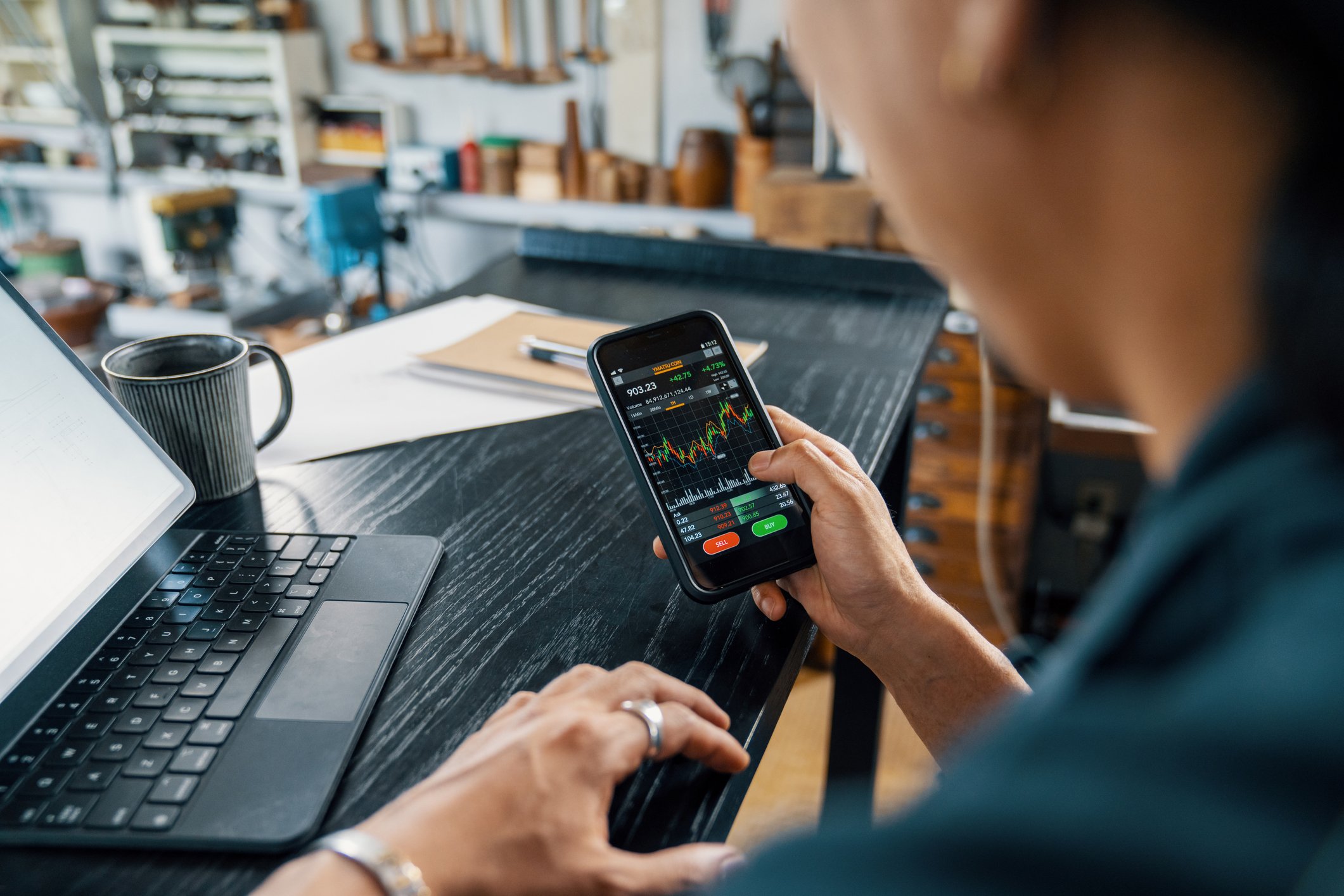Market sentiment is usually the driving factor in a stock's price in the short term, so companies typically prefer going public during bull markets when investors are optimistic. Stock brokerage Robinhood Markets (HOOD 2.03%) went public at arguably the height of the market's euphoria in the summer of 2021.
Unfortunately, the excitement has turned to fear, and Robinhood's stock is down tremendously. Investors who bought $1,000 worth of stock the day it began trading would have just $254 today.
Before throwing in the towel, read this. There are reasons for hope, even if Robinhood carries a red flag that investors should know about.
A sentiment-driven business
Many people reading this article know about Robinhood; they may even use it. Robinhood is a brokerage and online trading platform that lets investors place commission-free trades for stocks and exchange-traded funds (ETFs). Its simplified interface and digital app cater primarily to younger investors as its target market. Robinhood makes money through two primary avenues, payment for order flow (more on that in a minute) and interest on uninvested brokerage funds.

NASDAQ: HOOD
Key Data Points
Robinhood currently has 11.4 million monthly active users and $62 billion in assets under custody. These numbers were much higher back in Q2 of 2021, when users peaked at 21.3 million. Unfortunately, it's human nature that people become more interested in investing when stocks go up and less so when they go down. The past two years have been relatively bumpy, and Robinhood's seen its user base steadily decline.
You might consider Robinhood a cyclical business that will see users and transaction activity rebound during the next bull market. Many growth stocks, which younger investors typically favor, are down 50% to 90% from their highs, so Robinhood is currently feeling the impact of a downcycle in its business. That could change for the better.
Why that could change
Until recently, Robinhood only offered taxable brokerage accounts, but the company launched individual retirement accounts (IRAs) in December of 2022. Eventually, this could help add a lot of stability to Robinhood's business. Retirement investing is long-term focused by nature, and assets building up in retirement accounts could be less likely to get disturbed and help keep users on the platform through market cycles.
The average retirement account balance in the U.S. is roughly $100,000, a massive step up from the current average Robinhood account. It's an excellent opportunity to expand Robinhood's asset base. The company offers a 1% match on contributions to entice investors to tuck funds away on its platform.
On the other hand, Robinhood still lacks some basic features investors might look for, such as bonds. Investors will want to give the company some time and monitor future quarters to see what kind of traction Robinhood is getting with customers.
The risk you must know about
Robinhood overwhelmingly relies on payment for order flow -- when a brokerage routes transactions through a specific market-maker in exchange for a small commission. It's often just fractions of a penny per transaction, but adds up throughout many trades.

Image source: Getty Images.
Payment for order flow (PFOF) generated $814 million of Robinhood's $1.3 billion total revenue in 2022, or 60%. The practice, which is how brokerages make up for offering free trades to investors, has been scrutinized by regulators. Due to potential conflicts of interest, the Securities and Exchange Commission reportedly considered a ban in late 2022 but ultimately decided against it. A future decision to ban PFOF would potentially cripple Robinhood's business.
Investors should probably consider Robinhood a speculative stock until the company proves it can round itself out. Retirement account growth will be significant moving forward, and improving investor sentiment could also inject some life back into shares. Approach with caution until Robinhood stands on firmer ground.





